Mantra is a Sanskrit word for “sound tool. ” Sanskrit and Tibetan, as well as other prototypical ancient languages such as Egyptian and Hebrew evolved as complex systems of onomatopoeia, where the sounds evoke movements of energy. This evocation is qualitative and subjective and is linked with interoception (inner body sensations) and emotional sense of self, both predominantly represented in the right hemisphere of the brain. Conversely, the narrative strand of sounds in which we give them meaning is done primarily in the left hemisphere. So, for example, if we take the Sanskrit OM, or AUM mantras, one of the most common in both Sanskrit and Tibetan. If Aum is indeed onomatopoeic, then performing it can create an event inside the nervous system, which can then become an object of concentration and meditation, and thereby a focal point for expanding physical and emotional awareness.
It has been discovered in various ways, scientifically and theoretically, that the sounds themselves, before they are assigned meaning, will resonate in different parts of the body and mind. It has been demonstrated in a double-blind study that ultrasound probes applied to the skull can improve subjective mood, and there is clear evidence that even imagining performing musical exercises rewires and strengthens nerve connections. Both of these studies speak to the capacity of mental recitation of mantra to activate and affect the physical nervous system.
A, U and M are sonorants or rings, so this particular mantra qualifies an object that inherently has no interactions (hits or slides). In terms of physics, this means our object is formless. Try resonating the mantra aloud, allowing air to flow through the nasal passage, smoothly transitioning between the three sounds. If you do not wish to disturb anyone that may be around you, you can whisper the sounds subvocally. The A (pronounced ä, as in “car”) can feel like a wide opening and has a broader vibratory effect on the physical body, approximating the gross consciousness of the waking state. The U (pronounced o͞o, as in “soup”), has a funneling effect, narrowing the consciousness into subtler sensations such as thoughts and impressions, approximating the dream state. The more nasal M sound is like the drone of a bee; it makes the cranium vibrate in a kind of undifferentiated and ubiquitous earthquake over the convolutions or valleys in the cerebral cortex, approximating the deep dreamless sleep state of consciousness.
Traditionally, Aum represents and has the capacity to progressively open up the practitioner to the ever-present formless and timeless reality, the background radiation of the cosmos that echoes the Big Bang. Aum is found in the form of Amen in Christianity, Judaism and ancient Egyptian, where it also codes for the immutable eternal aspect of consciousness.
Menu


